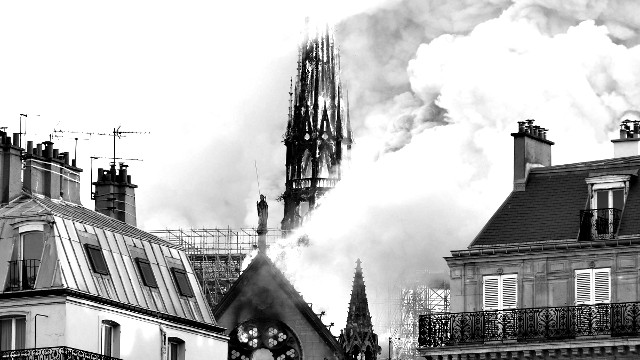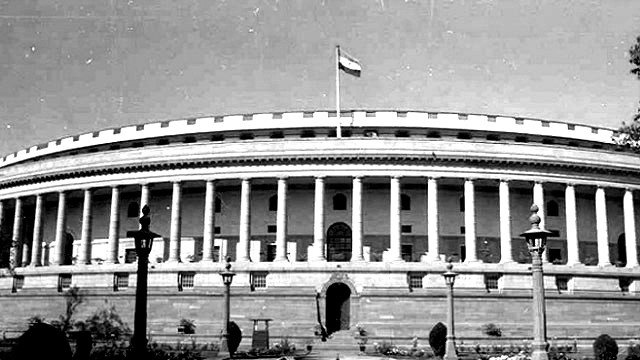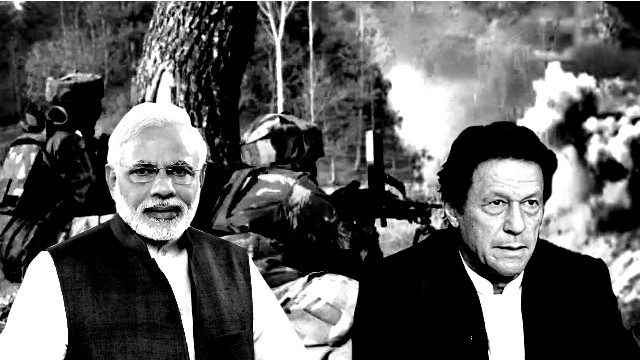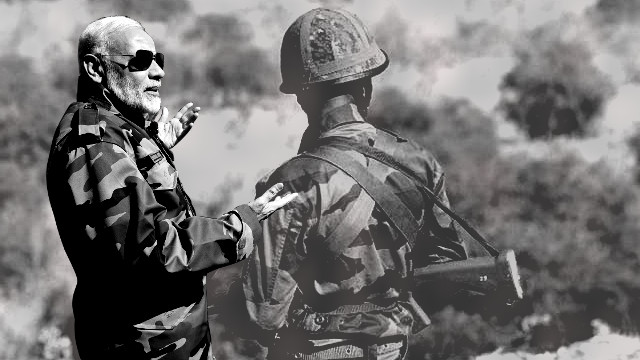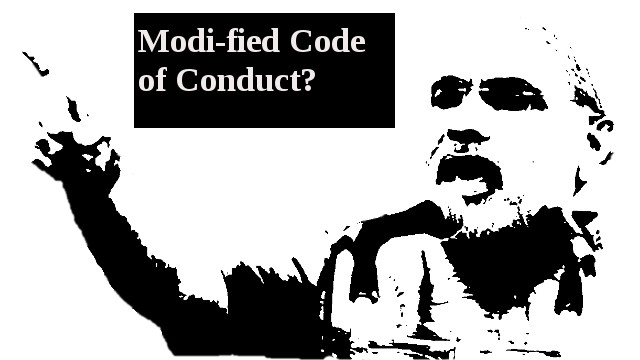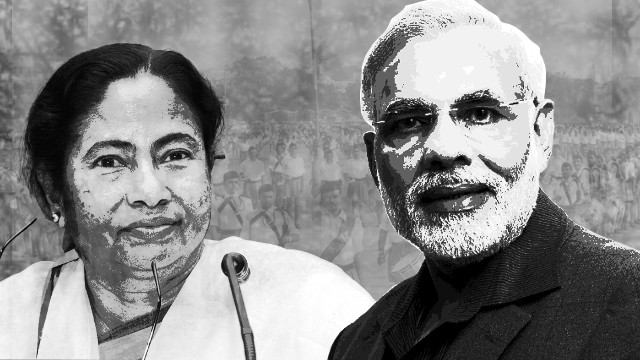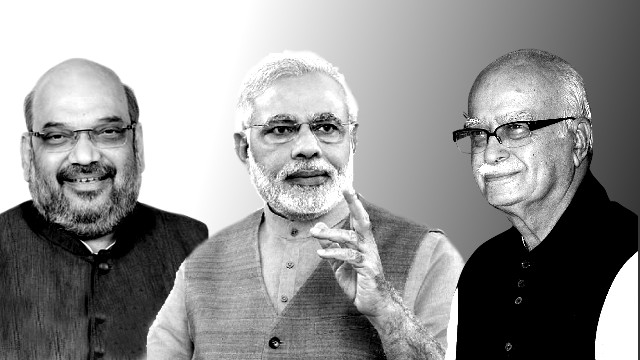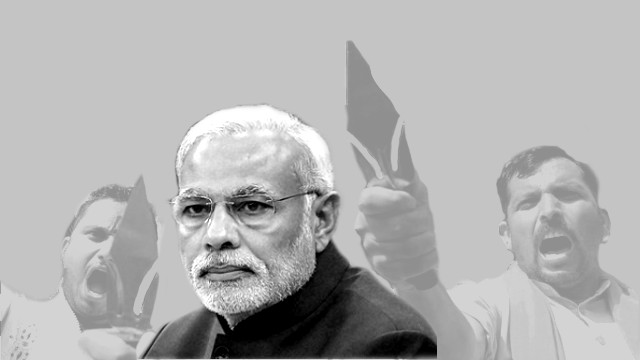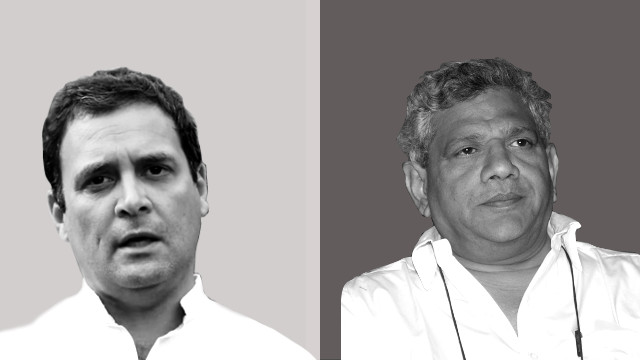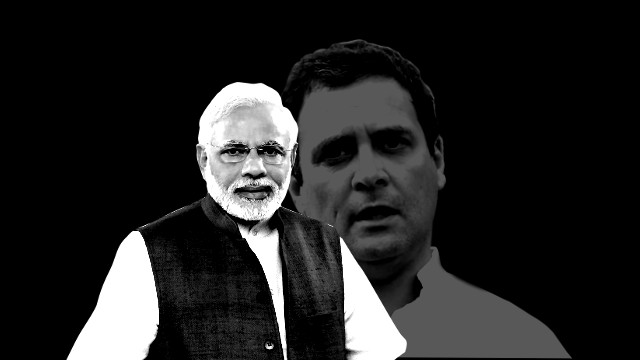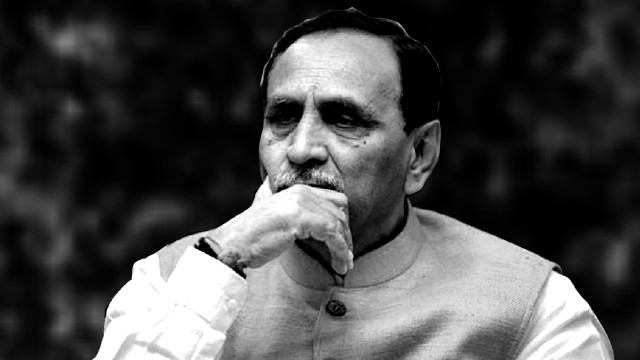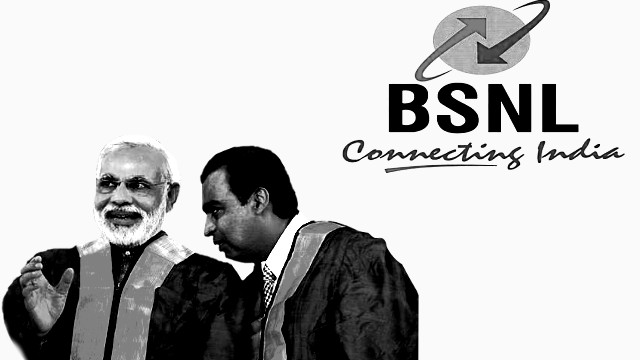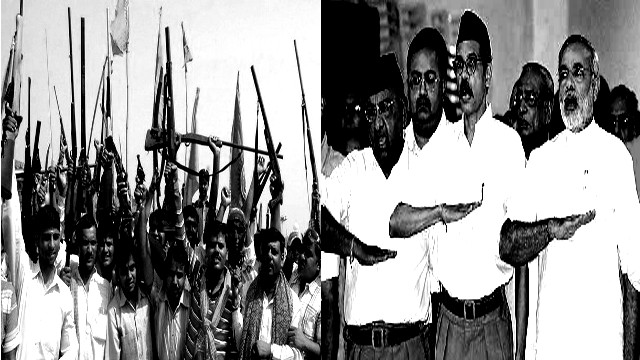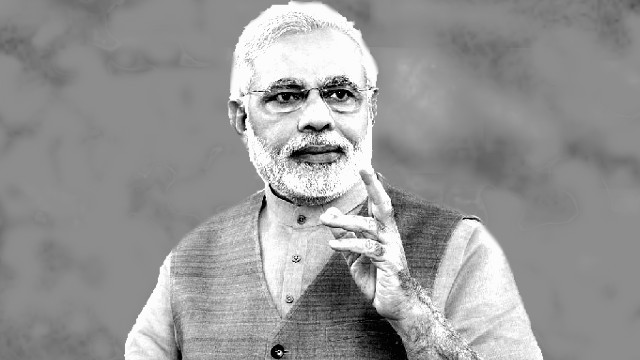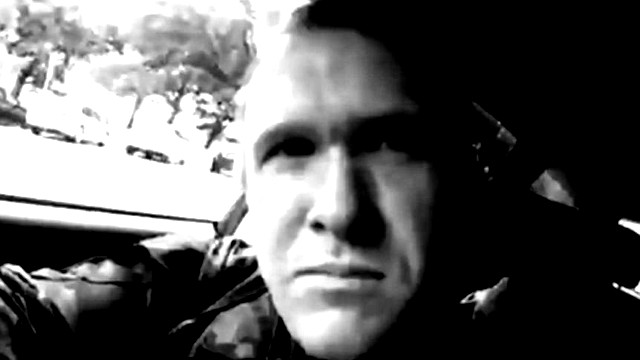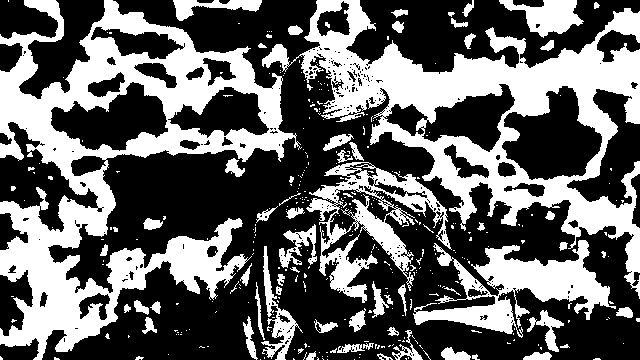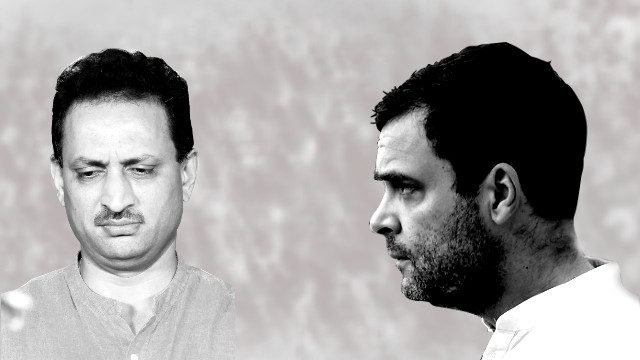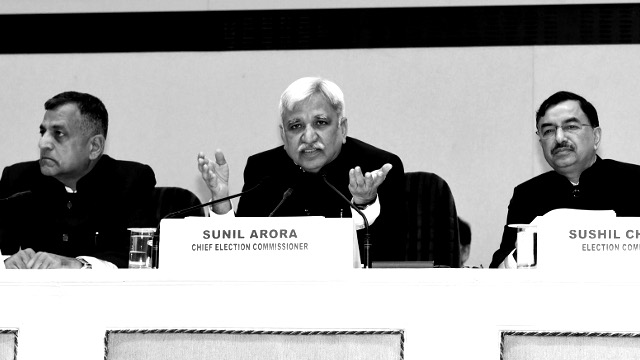Ouch! Notre Dame; it’s beloved and it’s pretty
Notre Dame is Europe – Europe in microcosm. European Christianity has been burning down for decades, and it is now down to the embers.
Making elections friendly and accessible is more important than luring voters
The election in the world’s largest democracy is nothing less than a full-fledged blockbuster entertainment. There are so much at stake that political parties are ready to woo their voters […]
Why Imran Khan wants the Modi regime back?
Despite Narendra Modi’s fiery speeches against Pakistan, the government of the neighbouring country needs Modi back to power to meet Islamabad’s goals
India, here are a few other men in uniform to remember while voting
While Prime Minister Narendra Modi is seeking votes in the name of soldiers and surgical strike, we here bring some unpleasant stories of men in uniform.
Election Commission’s collaboration with Modi will go down the annals of history as an act of sheer betrayal
As the Election Commission is nakedly collaborating with the Modi regime and the BJP, its role will be marked as a betrayal of people’s trust in the history
Time to resist the RSS and BJP’s effort to communally polarise West Bengal using Ram Navami as their vessel
Each year the RSS and BJP takes one step ahead in their heinous agenda of communally polarising West Bengal using armed rallies of Ram Navami as a vessel.
You reap what you sow: Advani’s jibe at Modi-Shah doesn’t worth an iota of sympathy
LK Advani’s recent jibe at Modi and Shah over BJP’s assault on democracy and democratic traditions doesn’t worth an iota of support from the opposition.
Modi’s “Hindu Terrorism” denial can’t shield Hindutva terrorism’s existence
Modi’s vehement denial of anything called “Hindu terrorism” is actually a frantic attempt to shield Hindutva fascism by equating it with Hindu faith.
Rahul Gandhi’s battle against CPI(M) in Wayanad mocks the phoney left’s Congress fetish
Rahul Gandhi’s decision to contest the Lok Sabha election from Kerala’s Wayanad mocks the CPI(M)-led phoney left’s Congress fetish & alliance aspiration.
Modi & his minions’ tirade over Congress’s 2019 manifesto caused by BJP’s political bankruptcy
By republishing its 2014 manifesto with extended deadlines, the BJP’s tirade against the Congress manifesto is caused by its sheer political bankruptcy.
Vijay Rupani’s fireworks in Pakistan if BJP loses jibe proves Gujarat Model no more working
Now that the Gujarat Model can’t be dangled before the people to fool them, the BJP is back to its Pakistan fireworks rhetoric to even win polls in Gujarat.
BSNL can be saved only by employees’ uncompromising struggle against Modi’s corporate appeasement policy
By promoting Mukesh Ambani’s Reliance Jio, the Modi regime is signalling an end to BSNL and MTNL. Their employees to fight back and thwart this conspiracy.
Part III: Understanding Hindutva fascism’s support for white-supremacist fascism
The final part of the three-series long understanding of the dirty nexus between Hindutva fascism and white supremacist fascist terror of the west.
Part II: Understanding Hindutva fascism’s support for white-supremacist fascism
Part 2 of the special series, we will delve into the historic growth of Indian fascism — the Hindutva fascism — and its ties with global fascist movement.
Understanding Hindutva fascism’s support for white-supremacist fascism
In this special series, we will delve into the historic growth of Indian fascism — the Hindutva fascism — and its ties with global fascist movement with which it shares […]
Modi’s #MainBhiChowkidar campaign is a farcical chorus of the Hindutva camp
The #MainBhiChowkidar campaign by Narendra Modi and his sycophants isn’t just a frantic attempt of image makeover but is so farcical to be the irony killer.
The Christchurch terrorist attack and hypocrisy of media coverage
It’s always a “gunman” and never a white-supremacist terrorist whenever the media describes incidents of white terrorism like inNew Zealand’s Christchurch.
The bloodthirsty warmongers and tragedy of soldiers
Like the sati of the medieval period, the warmongers eulogise the soldiers in modern India only to push them towards death to satiate their own greed.
Time to answer Anantkumar Hegde’s Islamophobic ranting over Rahul Gandhi’s religion
Anantkumar Hegde can’t ask Rahul Gandhi his religious identity, as irrespective of faith, the Constitution allows each citizen to question the government.
Finally, 2019 Lok Sabha poll announced after Modi’s stone laying campaign ended
Finally the Election Commission announced the 2019 Lok Sabha election schedule after Modi’s foundation stone-laying campaign across states came to an end.

